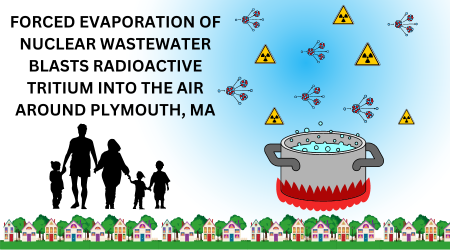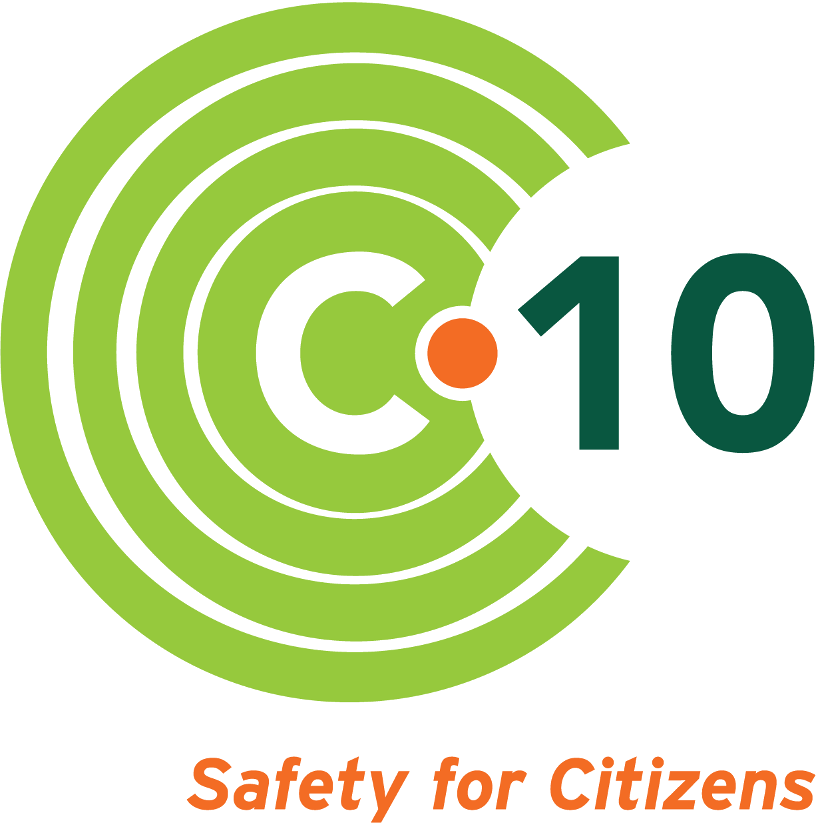Blog Post
NRC’s Atomic Safety and Licensing Board rules in favor of C-10
- By C-10 Administrator
- •
- 08 Oct, 2017
Standing granted in case on Seabrook’s concrete
NextEra Energy Seabrook LLC’s pending License Amendment Request is relative to the deteriorating concrete
at the plant, which has been operating since 1991. Citing serious safety concerns with the concrete and flaws in the concrete testing and monitoring methodologies, C-10 sought intervenor status in the docket, and requested a public hearing.
In a 100-page ruling
issued by the U.S. Nuclear Regulatory Commission’s Atomic Safety and Licensing Board (NRC/ASLB) on Friday, October 6, the three-judge panel wrote that C-10 has standing to intervene in Docket Number 50-443-LA-2, and admitted five of the group’s contentions, combining them into one reformulated contention.
“This is a very exciting development in our work to ensure that as long as Seabrook is online, it is operating as safely as possible,” said Natalie Hildt Treat, executive director of C-10.
“It was a significant hurdle to make it this far without legal representation. But this case is not only about the ability of Seabrook’s concrete to protect us from radioactive elements; it could have national repercussions as to how the NRC handles other cases of nuclear plants experiencing Alkali Silica Reaction, or ASR,” said Treat.
“Now the tough work lies ahead,” Treat continued. “Our contentions were admitted, and we will be relying on our concrete expert Dr. Paul Brown as well as supporters to help fund the legal effort to back our contentions.”
Both NextEra and NRC staff attorneys had called for C-10’s petition to be thrown out, which the ASLB strongly refuted. In its ruling, the ASLB judges wrote that: “C-10 is not merely a nuclear watchdog or general environmental group; it is an organization focused on the safe operation of the Seabrook plant, and only that plant. It maintains and operates a ‘field monitoring network to measure real-time radiological emissions from the plant, under contract with the Massachusetts Department of Public Health’s Bureau of Environmental Health.”
Because of the chemical breakdown of the concrete known as ASR identified at several key structures at the plant beginning in 2009, NextEra began its own monitoring and testing program, including a large scale test at the Ferguson Structural Engineering Lab (FSEL) at the University of Texas, Austin. In 2016 NextEra submitted a License Amendment Request in effect stating that the concrete would continue to perform as designed, that it was degraded but operable.
In its ruling, the ASLB wrote that
“The large-scale test program, undertaken for NextEra at the FSEL, has yielded data that are not ‘representative’ of the progression of ASR at Seabrook. As a result, the proposed monitoring, acceptance criteria, and inspection intervals are not adequate.”
“NUREG/CR-7171 (a publication of the NRC) supports C-10’s claim of a material deficiency in the test program. This is a disputed issue worthy of examination at an evidentiary hearing, given that the actual Seabrook concrete has been exposed to radiation for decades, even if at low levels in most places,” the ruling continued.
C-10 had alleged in its April 2017 petition
to the NRC that the testing was inadequate and not representative of actual conditions at Seabrook, and that if the concrete failed and resulted in a radiological release, its monitoring operations, its members, and the public at large could face grave danger.
With C-10 admitted as a party to the proceeding and its request for a hearing granted, there is now a 25-day window for objections to be filed. After that, the Atomic Safety and Licensing Board will notify the public of the hearing schedule and, assuming the matter moves forward, C-10 will go through a process to gain access to sensitive materials relative to the case, per the NRC’s Code of Federal Regulations.
Read more about C-10’s efforts relative to ASR here.
C-10 Research & Education Foundation, Inc.
11 Chestnut Street
Amesbury, MA 01913
Phone: (978) 465-6646
Email: info@c-10.org




